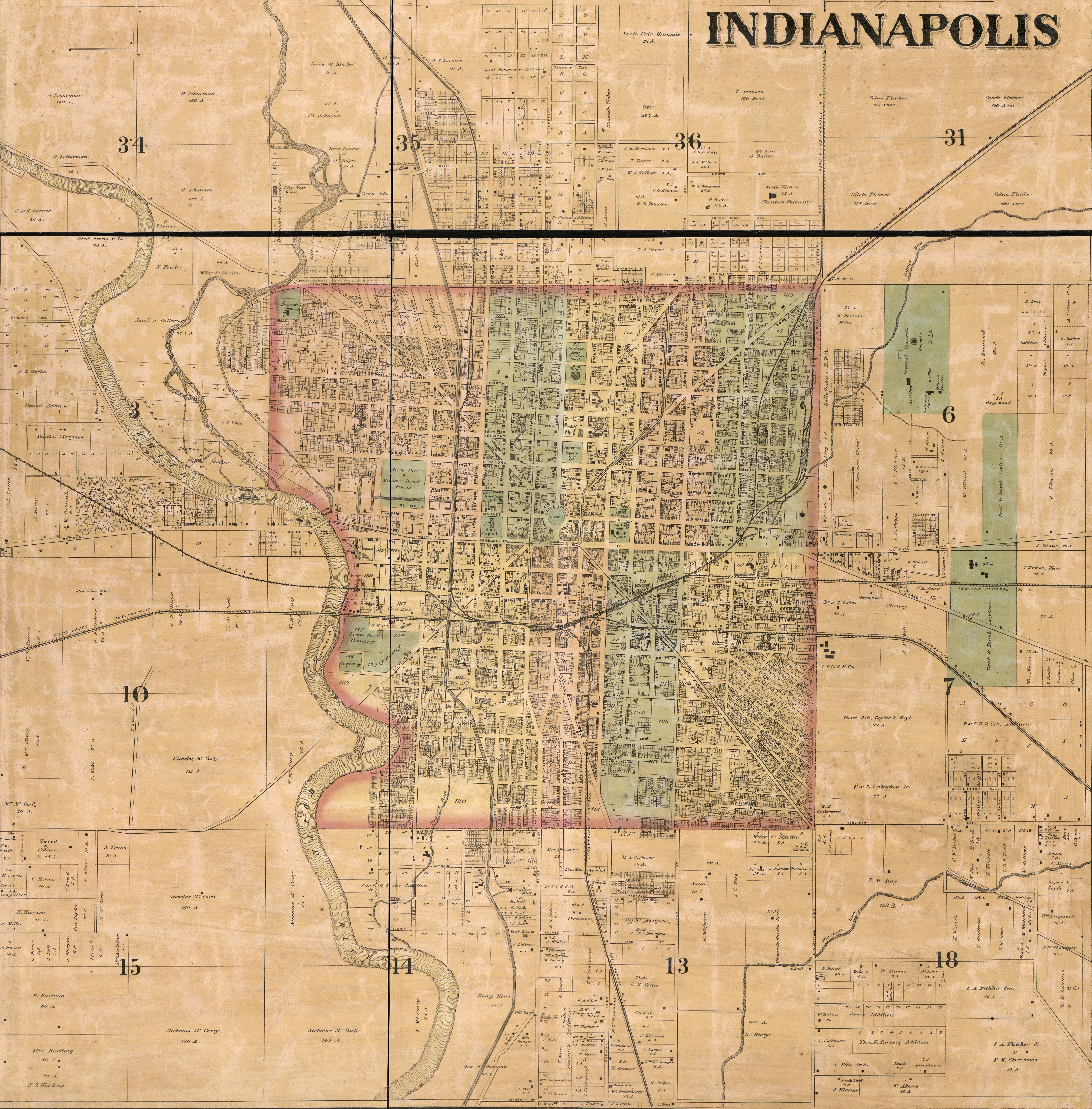The quiet work of archiving a city’s history bears more importance to our present than one would think. It can resurrect, give a voice and provide context to displaced communities and buried truths. It is an active space that uses the past to inform and impact the course of the future.

Deedee Davis is a digital archivist for Herron School of Art and Design at the Indiana University-Purdue University Indianapolis, where she’s been employed since 1996. She oversees their digital collections and is an accessible catalyst for data and story gathering. The archives are utilized by architects, state historical groups, and classrooms.
While Indianapolis has destroyed notable historic buildings and is gentrification heavy — even the university where Davis works bulldozed a historic Black neighborhood to make way for their campus — she remains a keeper of the city’s rich creative, social and cultural history. But, according to Davis, it is by default.
Matter-of-factly, she explains of her work, “I’m not an activist. I’m not looking to piss people off and I don’t like confrontation, but I’m finding things.” And those discoveries can rock the community because, as she says, “People care about their history.” Thanks to the digital archives and information age accessibility, local history can no longer be conveniently swept under the rug.
“Indianapolis is really eager to push for business to succeed at almost any cost,” she says giving the example of a beautiful limestone Art Deco building that stood at 38th Street and College Ave. torn down in the 1990s for a cookie-cutter Walgreens. Now abandoned, blighted and visual pollution, it exemplifies the necessity for the city to heed preservation efforts over fleeting ventures. It’s why Davis’s efforts are so valuable.
“My initial interest in something always starts with architecture,” Davis explains. “It’s like the seed, the gateway to other, unexpected intrigue.”
And thus, in her research of the architectural photography archives in her care and beyond, she’s unraveled forgotten art, businesses, and neighborhood histories.
JORDAN RYAN, INDEPENDENT HISTORIAN AND OWNER OF THE HISTORY CONCIERGEDeedee has had such a profound impact on the community. She’s connected curious minds to numerous archival collections, repositories, libraries, sources, etc.
Long Buried, Now Unearthed
A forgotten and obliterated cemetery, Greenlawn Cemetery, is one such topic Davis stumbled across and got sidetracked by while at the Indianapolis Historic Preservation Commission researching an architect. Her personal deep-dive produced an invitation to present a COVID style, Zoom lecture for the Indiana Landmarks Foundation in October 2020 on her findings. It has since spawned a trickle-down of incite, conversation, and action.
Greenlawn was the city’s oldest public cemetery established in 1821 downtown along the banks of the White River in what became a heavily industrial area. New burials ceased in the 1890s due to space, grave-robbing, and river erosion. Pioneers and Civil War Union soldiers were buried there, as were 1,700 Confederate soldiers who died as prisoners-of-war at nearby Camp Morton. By 1870, the Union soldiers and pioneers were moved to Crown Hill Cemetery four miles north, which was outside of the city at the time. The Terre Haute Railroad Company then purchased the land the Confederates were buried in, so those bodies were moved to Crown Hill as well.
Slowly, as the city grew, the cemetery continued to be picked apart by railroads and industries such as a slaughterhouse. Disregard for the dead was brazen, if not morbid, in the formally park-like resting place. During the Great Flood in 1913, for instance, it’s said that headstones were gathered and used as a flood wall, and that bones were sticking out of the banks. The continuum of development over time has produced grim finds including, in the 1990s, a casket as well as random bones.
Particularly at the mercy of public amnesia then and now, was a segregated section which Davis brought to light. Incomplete records suggest that as many as 500 to 1,000 Black residents were buried at Greenlawn. But the segregated section was located on the riverbank, so those particular graves likely eroded into the river especially in the 1913 flood. Due to the disrespectful nature of the cemetery’s uproot, and the lack of any index or map of those interred, who knows what remains and of whom.
“I just want everyone to be informed and learn as much as I have,” Davis said. “People have just learned a Black cemetery was there and that it was absolutely obliterated.”
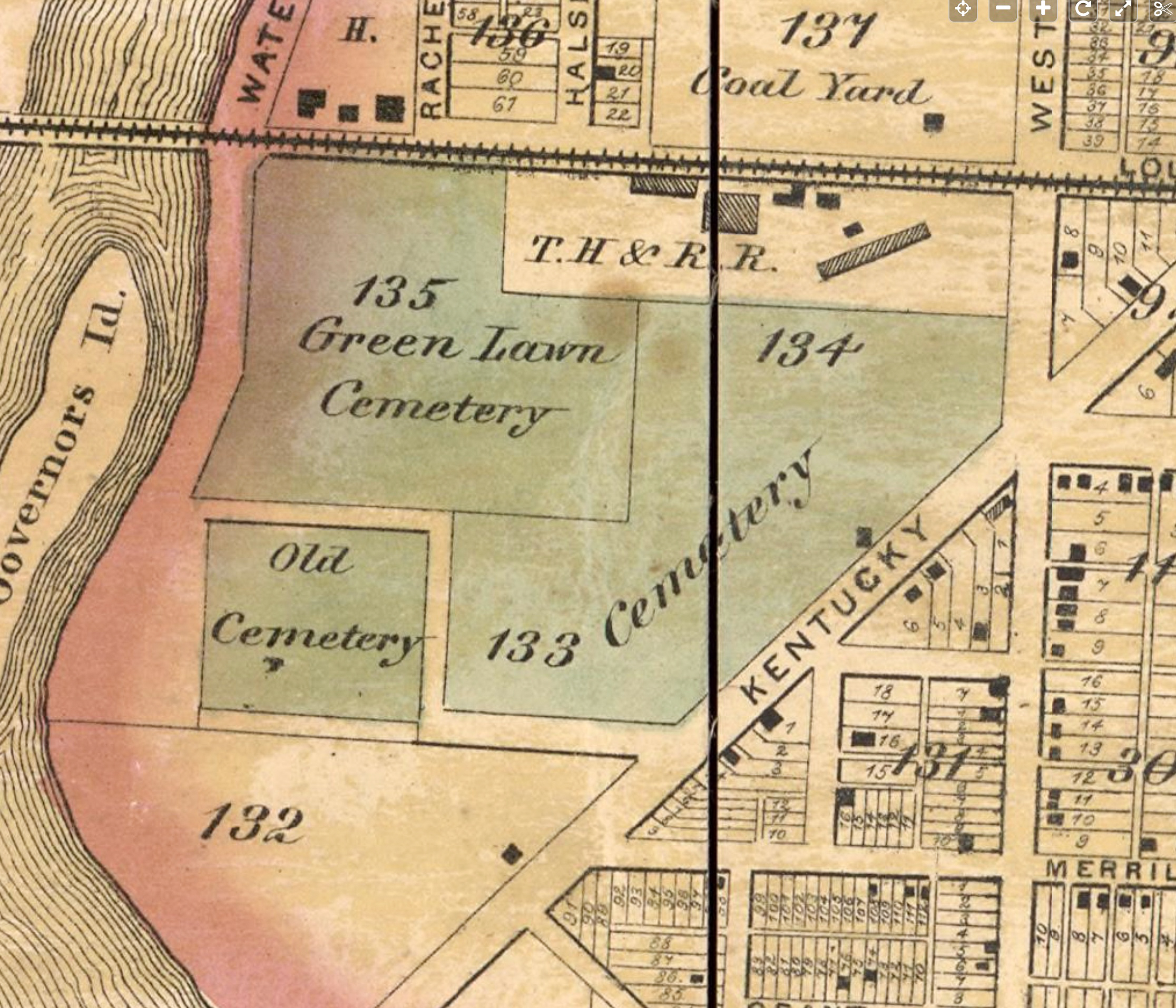
Davis’s discovery has led to the segregated burial section’s site being a matter of contention as the city plans to build a bridge on top of that area starting September 2023. The proposed Henry Street bridge, replete with color-changing LED lights, would connect downtown to the locale of a new stadium for the city’s professional soccer team, Indy Eleven, on the other side of the river.
“It’s the most significant find and potentially most troublesome to the city,” she relays. “How they react to…putting a bridge over a segregated Black burying ground? The city will need to atone and respond to that.”
Historians are now engaged, dissecting and exploring aspects of this final resting place, undeterred and dedicated to some kind of reclamation of the burial site for Indianapolis’s early Black community.
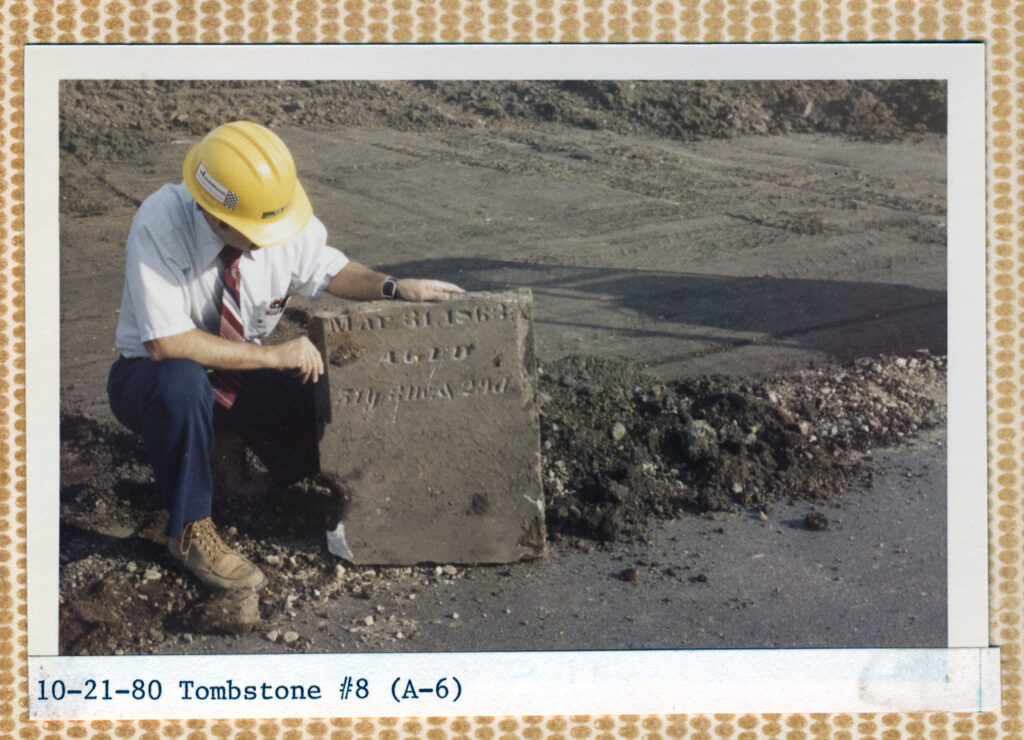
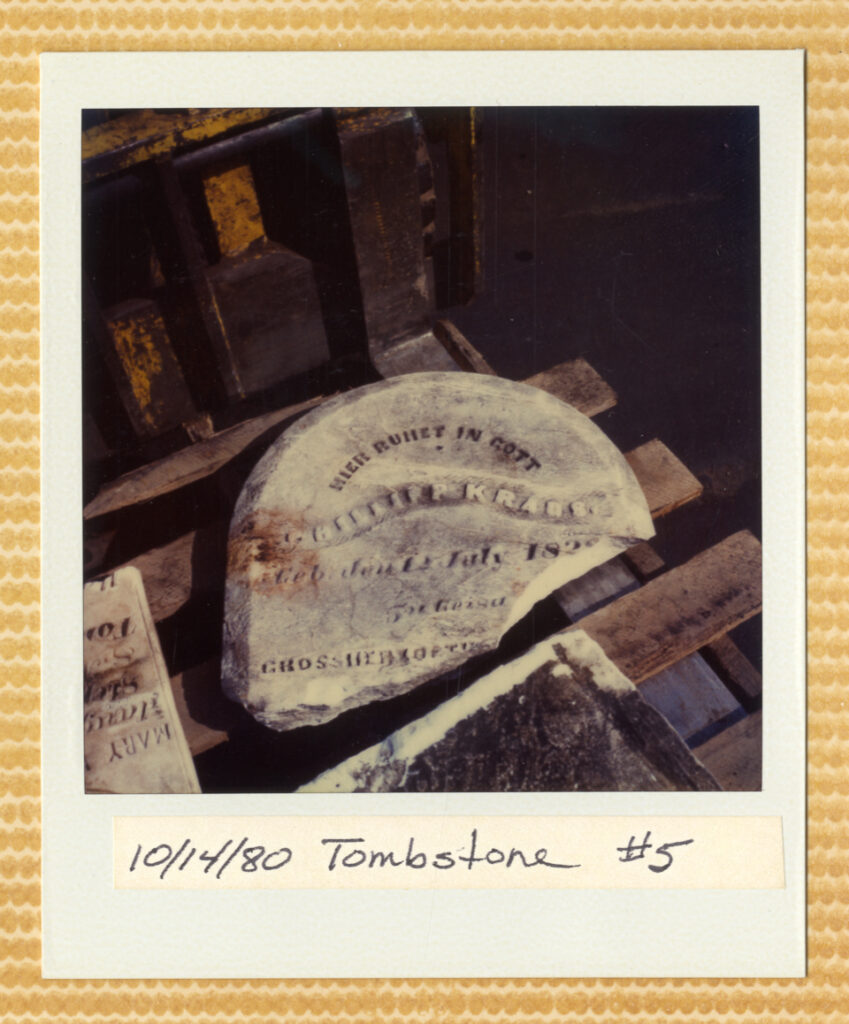
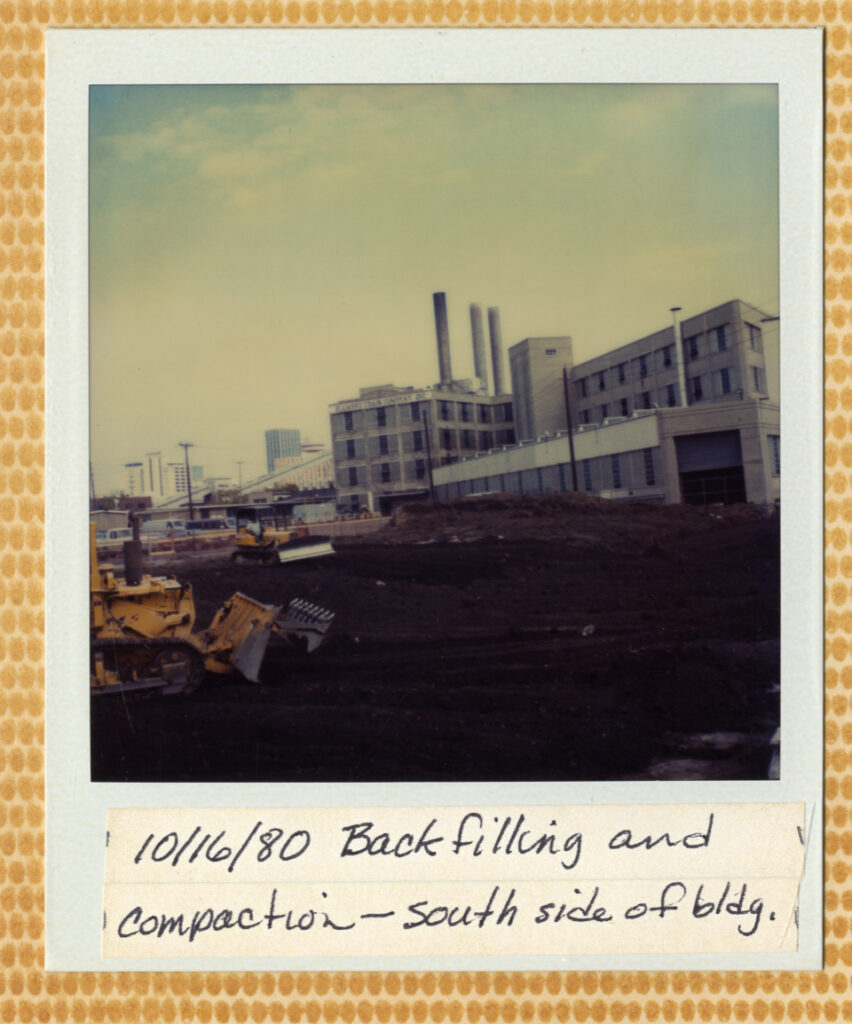
Information Leads to Action
A town hall style meeting was recently held where the public learned about historic and archaeological considerations being taken in the event human remains were found during construction. Archaeologists will monitor excavation during construction and all work will stop within 100 feet of any discovery. A team of specialist including researchers, archivists, historians, archaeologists, bio-archaeologists, and an expert in exhuming African American burials will all be involved. Likely, Greenlawn’s history would’ve been concealed yet again if not for Davis’s timely lecture.
Jordan Ryan, independent historian and owner of The History Concierge, describes Davis as a helper and says, “What’s important is that…she is always driven by illuminating local architectural history, connecting people to sources, collections, and data.” Ryan continues, “Deedee has had such a profound impact on the community. She’s connected curious minds to numerous archival collections, repositories, libraries, sources, etc.”
“My whole thing is, people come to me and ask questions and I find stuff for them,” Davis says.
Ryan says of Davis’s work on Greenlawn, “Her detailed research and efforts to compile siloed historical data on the cemetery has afforded us an opportunity to better contextualize our city’s first burial ground: her research is the platform to allow us to better envision how we commemorate and memorialize our city’s first cemetery.”
And, hopefully set a new and improved precedent for Indianapolis.
